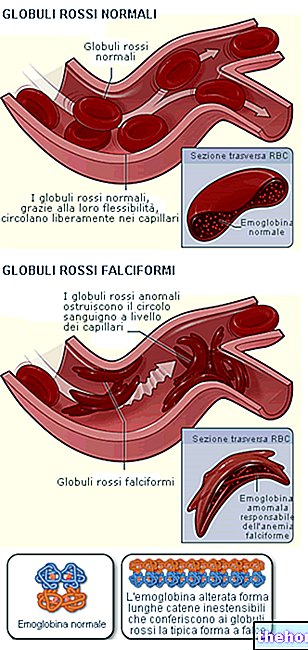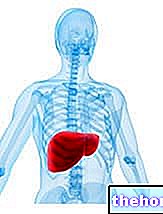
Today, in fact, it is preferred to evaluate the suitability of the LDL and HDL fractions; moreover, the cardiovascular risk is calculated globally, taking into account not only cholesterolemia, but also other factors such as body weight, fasting blood sugar. , smoking, triglyceridemia and a sedentary lifestyle. Specific indices and criteria have been established to enhance the importance of HDL and LDL cholesterol fractions - respectively renamed good cholesterol and bad cholesterol. Among these the best known and most used is the so-called cardiovascular risk index, which relates cholesterol total with the HDL faction.
total for those of HDL cholesterol, detected on a small sample of venous blood taken in the fasting state. The risk index is considered acceptable when it is less than 5 in men and 4.5 in women.
In terms of cardiovascular risk assessment, establishing the ratio of Total to HDL is preferable to estimating the ratio of LDL to HDL. In fact, the total cholesterol values also depend on the plasma concentrations of VLDL, rich in triglycerides and therefore directly correlated to the increase in cardiovascular risk.
Cholesterol TOT = HDL + LDL + VLDL
Example of calculation of the cardiovascular risk index
An individual who has a total cholesterol of 240 mg / dL and a HDL cholesterol of 70 mg / dL has a risk index of 3.43, therefore very low. As such, he is in a much better condition than those who have total cholesterol at 190 mg / dL and good cholesterol at 36 mg / dL, with a risk index of 5.3, therefore medium.
* Framingham Heart Study




























